From an ER Doc: What to Carry in your Mountain Bike First Aid Kit
Learn from an ER doctor everything you need to know about putting together a mountain biking first aid kit including expert tips & essential supplies.
Just like any sport, mountain biking isn’t without its own risks. As much as we try to avoid them, accidents do happen (raise your hand if you’ve gone over the bars!) That’s why a mountain biking first aid kit should be in every rider’s pack or at least in the car if you’re not going on a big ride.
I’m lucky in that my brother is an emergency room doctor, so he’s put together a medical kit for me complete with a pneumothorax needle… Thankfully, I haven’t had to use it, but it’s better to be prepared than not, right?
In this post, my emergency room doctor/big brother has compiled a list of recommendations for building your own mtb first aid kit from simple bandages to life-saving emergency supplies.
Let’s roll!
Types of mountain biking first aid kits
There isn’t a one size fits all solution when it comes to building a mountain bike first aid kit. A lot of what you carry will be dictated by the level of training you have, the length of the ride, the climate and conditions you’re riding in, and how austere of an environment it is.
As a doctor and a mountain biker, I would break most outdoor medical kits into two categories with some overlap and mixing and matching between them:
1. A Boo Boo Kit
This is good for minor injuries like cuts, scrapes, and minor lacerations. It’s probably what you would find if you looked into most people’s “medical kits”.
This type of kit requires minimal or no training to use and there isn’t any expensive or advanced equipment required.
But you’re only really going to be able to treat minor injuries that could probably wait until you get back to your vehicle or home.
This type of mountain biking first aid kit might include:
You could put together a DIY ‘boo boo’ mountain biking first aid kit by gathering supplies from a pharmacy or drug store or there are plenty of pre-made medical kits that include all of the basics.
I really like pre-made kits from My Medic like the Cycle Medic or the more basic Biker Med Pack.
2. Don’t Die Kit
The “don’t die kit” is a bare-bones (haha) emergency medical kit but it includes the items most likely needed to address serious injuries or emergencies you could encounter on a mountain bike ride.
This kit requires more advanced training and the equipment can hurt or kill someone if used incorrectly. But, in a truly life-or-death situation, this is the kit that will actually make a difference.
The most likely emergent life-threatening conditions that you may be able to treat on a mountain bike ride are:
- Hemorrhaging from an arterial bleed or significant venous injury
- Anaphylaxis
- Facial or head trauma with loss of a secure airway
- Tension pneumothorax
There are plenty of other traumatic or environmental injuries that could occur while mountain biking but your ability to intervene meaningfully while on the trails is limited mostly to the above scenarios.
Read next: For a more detailed overview of injuries, head over to my post on Most Common Mountain Biking Injuries.
Obviously, these are also temporizing interventions and the person needs a higher level of care STAT. Always call 911 when there is an emergency.
This type of mountain biking first aid kit might include:
- Tourniquet (specifically a Combat Application Tourniquet or CAT for short)
- Epi-pen auto-injector
- 6.0 Cuffed Endotracheal tube
- #10 scalpel + blades
- 10cc Syringe
- Medical tape
- Gauze 4×4 pads
- Israeli bandage
- 2x 14g decompression needles
- Nitrile or latex gloves
Again, I can’t stress enough that you need proper training to use most of the above equipment. Consider enrolling in an emergency medicine course or work towards becoming a paramedic. More information on courses below.
As a doctor, what do I carry in my mountain bike first aid kit?
Obviously, as an ER doc, I have a skill set that most mountain bikers don’t have when it comes to medical interventions.
On shorter day rides I always carry some variation of the ‘don’t die kit’.
At a minimum, this always includes:
For longer rides, remote backcountry rides, or really technical and dangerous rides I’ll carry the rest of the kit plus a triangle bandage and SAM splint.
Unless it’s part of a multi-day medical kit that lives in my vehicle or base camp or a bikepacking kit I don’t bother with the boo-boo kit. I’ll deal with those minor injuries when I get home or back to the car.
Some people might ask why not other pieces of equipment or gear like ace wraps, burn cream, oral/nasal airways, etc… You certainly can carry these plus anything else you might imagine needing.
I’ve learned over time, though, that I don’t end up actually reaching for and carrying a big kit when I ride. It’s too heavy, too bulky, and it often gets left at home where it doesn’t do any good at all.
Build a kit that you’ll actually bike with and if that means leaving behind some potentially useful items so be it. Just prioritize the most important items and make sure you know how to use them.
Also, think of your kit as modular. Don’t carry the same stuff on a 1-hour hot lap on your local trails as you do on a 6-hour remote backcountry epic or bikepacking trip.
What is the right Mountain Bike First Aid kit for you?
Well, that depends again on your training, ride types, location, etc… That being said if I were to put a day-to-day mountain biking first aid kit together for someone without any formal medical training but who was willing to take the time to learn how to use a few pieces of equipment I would suggest the following:
Storing & carrying your first aid kit
As far as storing and carrying the kit I really like the 2L Sea to Summit dry bags. They fit just enough and keep everything contained and dry in my larger lumbar bag or backpack.
Emergency medicine courses
I also highly recommend enrolling in some sort of first aid or emergency medicine course.
There are basic first aid courses that will teach you life-saving techniques like CPR and how to stop bleeding and then there are 10+ day courses like Wilderness First Responder that will go way more in-depth on topics like anaphylaxis, assessing potential spinal cord injuries, and formulating evacuation plans.
If you’re interested in signing up for a course, here are a few places to look:
Final Thoughts on mountain bike first aid kits
This post isn’t meant to scare you, especially if you are relatively new to mountain biking. Most rides end with a cold beer and a hot shower.
But accidents do happen and it is a good idea to get into the habit of packing at least a few emergency medical supplies in your pack especially if you’re headed out on a big backcountry ride. It’s better to be overprepared than underprepared!
My brother has put together a mountain bike first aid kit for me that is a mix of ‘boo boo’ and ‘don’t die’. If you don’t have access to medical supplies (or a brother who is a doctor), My Medic makes a few adventure first aid kits that are a great option to carry with you on bigger mountain bike rides.
RELATED POSTS
New to mountain biking? Check out these related blog posts:
Have you experienced an emergency on the trail and had to use your mountain biking first aid kit? What was the emergency and how did you deal with it? Leave a comment below!

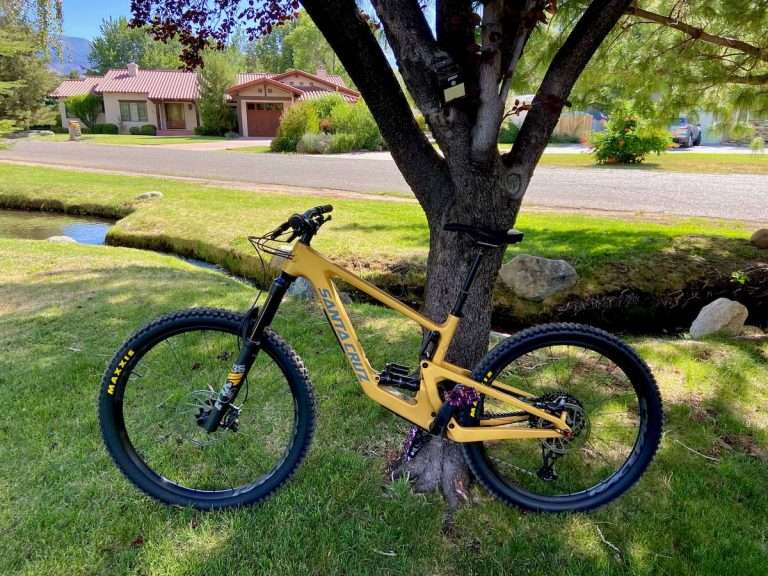
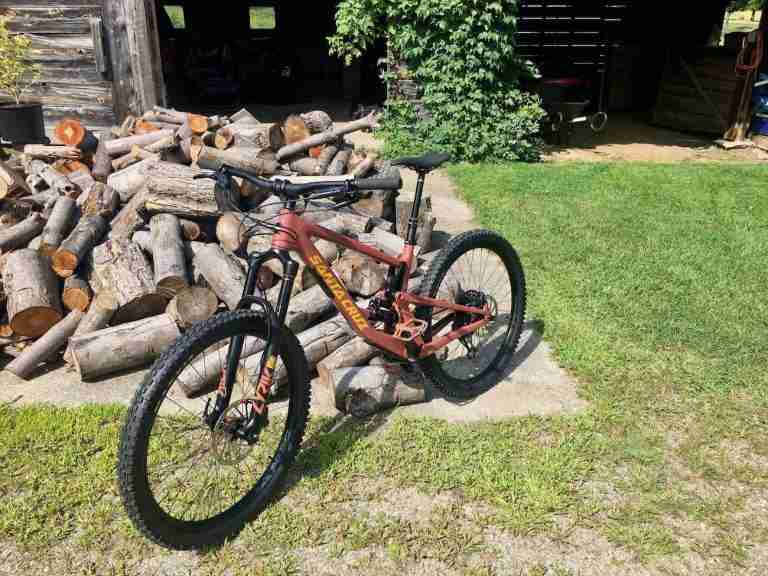
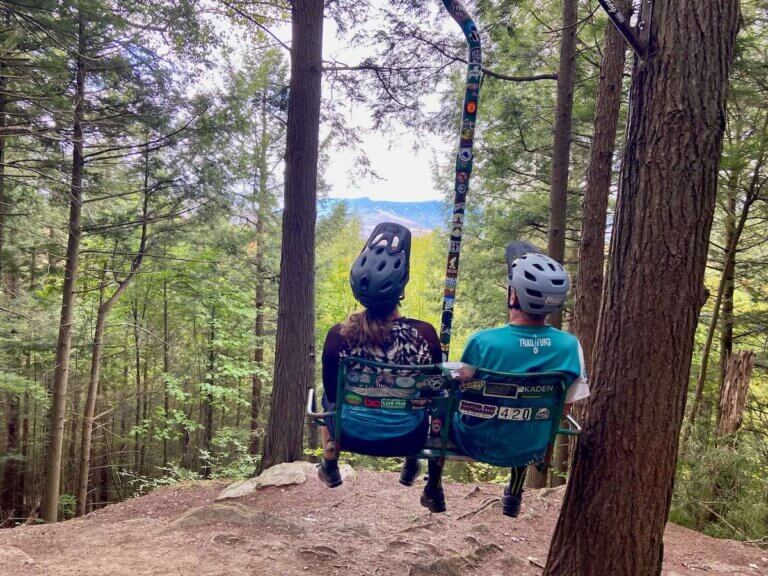
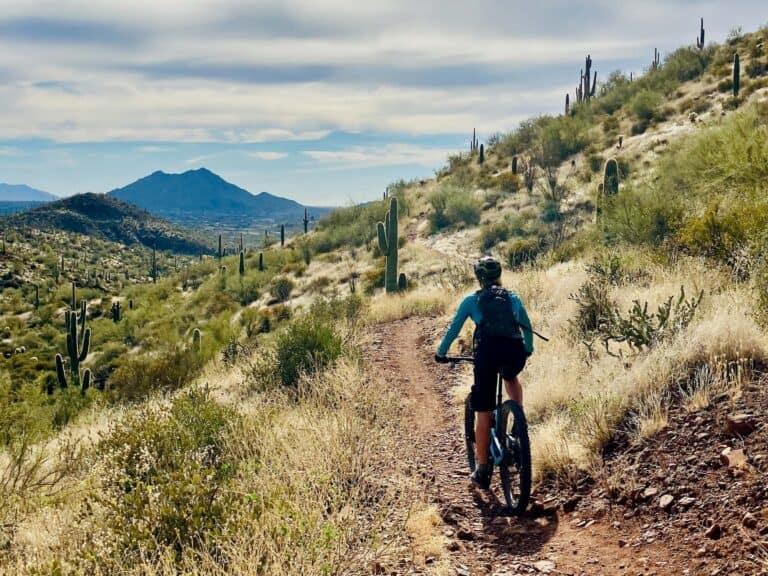
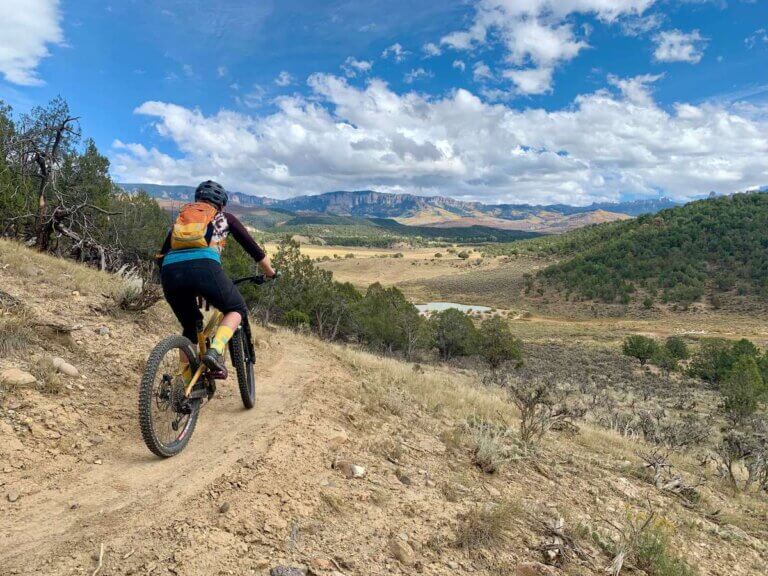

As an orthopaedic surgeon and mountain biker I found this article of interest. Just finished a four day Tasmanian MTB trip with friends. On trail I came across another injured biker 2 days ago , so these situations do unfortunately occur.
Best things to take are a space blanket, the knowledge of a prior first aid course and a communication method. iPhone 14 and later have emergency satellite communication now which many people seem unaware of.
Direct pressure to bleeding is safer than a tourniquet, and you can always make a tourniquet if really needed. Agree with comments about penetrating trauma – not likely. A space blanket has multiple uses – make a splint, sling , tourniquet etc.
Getting cold while waiting for rescue is a very likely situation- as was happening to the injured biker I came across – using a tourniquet without doing more harm is not.
A space blanket is a great tip – I’ll definitely add that when I update this post. I’ve been curious about how well the new SOS feature works on the iPhone 14. Would it replace a Garmin inReach do you think?
And yes, a tourniquet is a last ditch effort to save someones life.
Thanks for this very practical post. Do you have an opinion on clotting powder / quick clotting gauze? I’ve been carrying some in my bikepacking first aid kit for years (never used, knock wood…) and had the impression it could be helpful for an untrained person like me in situations that are somewhere between “boo boo” and “don’t die.” But maybe it’s just not very effective compared to the tourniquet you recommend?
I don’t have a ton of experience or info on clotting powder/gauze, but I doubt they’d do more than just slow an ooze. Tourniquets are for worst-case scenarios – you only want to use one if someone is going to die from bleeding. They’ll almost always lose that limb, though 🙁
Gotcha, thanks for explaining!
Hi Doctor,
Could you please recommend a good compact, MTB first aid kit? I recently bought a Tourniquet and do have a compact firstaid kit, but it’s still too big for my hydration pack storage compartment. I suppose I can take out the essentials. Please advise. Thanks!
Hi Norbert – The MyMedic Solo or CycleMedic are great compact first aid kits. If you already have one, though, I recommend making it work for you. You could just take a few essentials on shorter, closer-to-home rides and then put together a more complete kit for longer, backcountry rides. I like to use a small dry bag for my med kit that I can add/subtract items from depending on the type of ride.
Surgeon here. Good list and some interesting choices above. I carry a similar “boo kit,” rehydration salts, a SAM splint (can use for long bone fractures and as a c collar), and importantly – a cell and satellite phone if I’m off grid. I do wonder about the use cases of the other items. Tourniquets, decompression needles, and combat gauze are all essentials in scenarios where you would encounter penetrating trauma and arterial hemorrhage, not sure how much that happens in mtb. I guess anaphylaxis can happen anywhere but can’t think why it would occur to such a greater extent on rides that one would want to carry an epi pen. For a lot of the devastating spine and head injuries that do happen in mtb, there is not much you can do in the field, hence the importance of always having a means to contact the outside world to expedite hospital transfer.
Great list and thanks for writing on this topic!
Good call on the cell/sat phone – that’s a good tip. For the more advanced items, I guess it depends on what type of mountain biking you’re doing. Long cross-country rides aren’t going to require tourniquets and decompression needles. But more high-stakes riding with big features can definitely result in a collapsed lung or handlebar lever puncture to a major vein/artery.
Anaphylaxis is rare and people with known allergies should carry their own epi pen. That being said, my dad had to use one on his friend who didn’t know he was allergic to bees. Saved his life.
Thanks for your tips/input and stay safe!